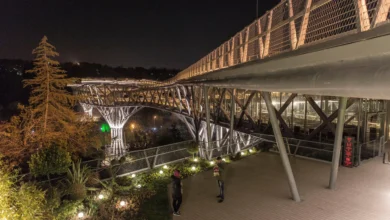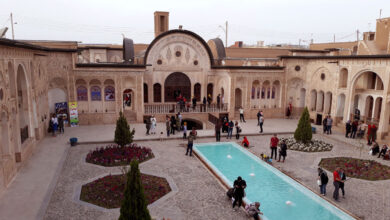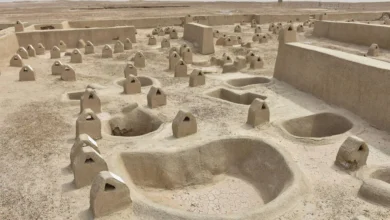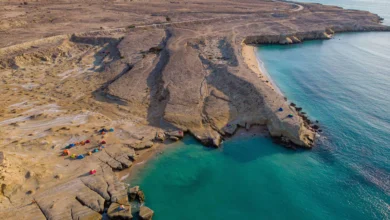Zagros Paleolithic Museum: Prehistoric Iran Unveiled
Zagros Paleolithic Museum in Iran

In the heart of Iran’s Zagros Mountains, the Zagros Paleolithic Museum offers a rare glimpse into the distant past—where the story of early humans is told through ancient tools, fossilized remains, and lifelike reconstructions.
Located in Kermanshah, this museum is a must-visit for history enthusiasts and curious travelers alike. From stone tools shaped by early humans to the bones of long-extinct animals, every exhibit connects you to a world that existed tens of thousands of years ago. You’ll even come face-to-face with a life-size Neanderthal.
More than a scenic region, the Zagros Mountains are a living archive of human evolution. For over a million years, these western Iranian highlands have sheltered our ancestors and preserved traces of their lives.
The Zagros Paleolithic Museum brings these discoveries to light, making prehistoric Iran accessible and engaging. Whether you’re passionate about archaeology or simply interested in where we come from, this museum offers a powerful journey through time.
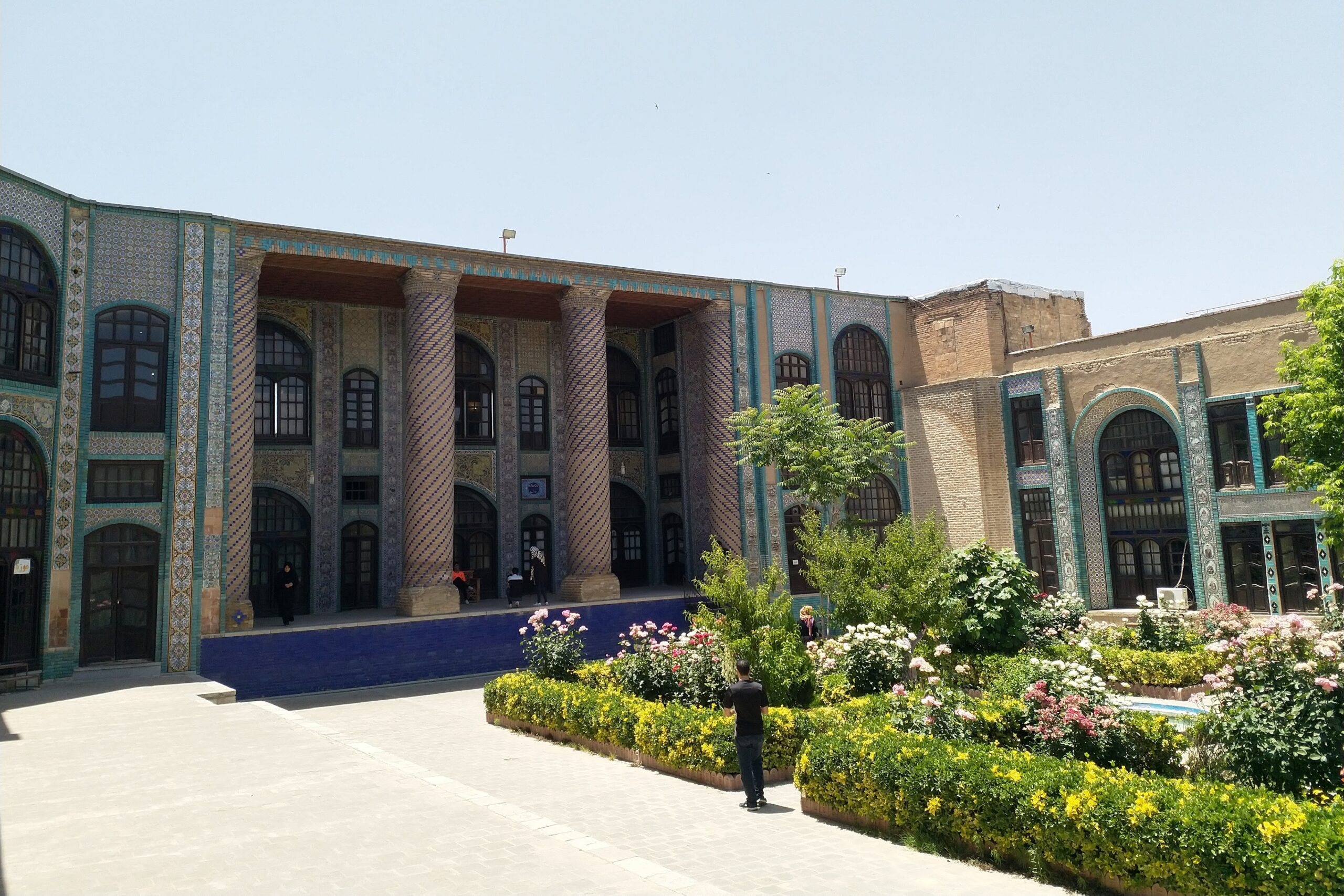
Contents
The Zagros Mountains: A Cradle of Human History
The Zagros Mountains have long been a focal point for archaeologists and historians alike. This region, often referred to as the “cradle of civilization,” has been inhabited by humans for over a million years. Its caves and rock shelters, such as the famous Shanidar Cave and Wezmeh Cave, have yielded some of the most important Neanderthal fossils ever discovered.
These findings have reshaped our understanding of early human life, revealing clues about everything from diet and health to social structures and burial practices.
But the Zagros region’s significance doesn’t stop there. It was also a crossroads for human migration, connecting Africa, Europe, and Asia. The mountains’ valleys likely served as migration corridors for both archaic and modern humans, making the area a melting pot of prehistoric cultures.
The artifacts found here—stone tools, animal bones, and even ancient artwork—tell the story of a land that has witnessed the ebb and flow of human evolution for millennia.
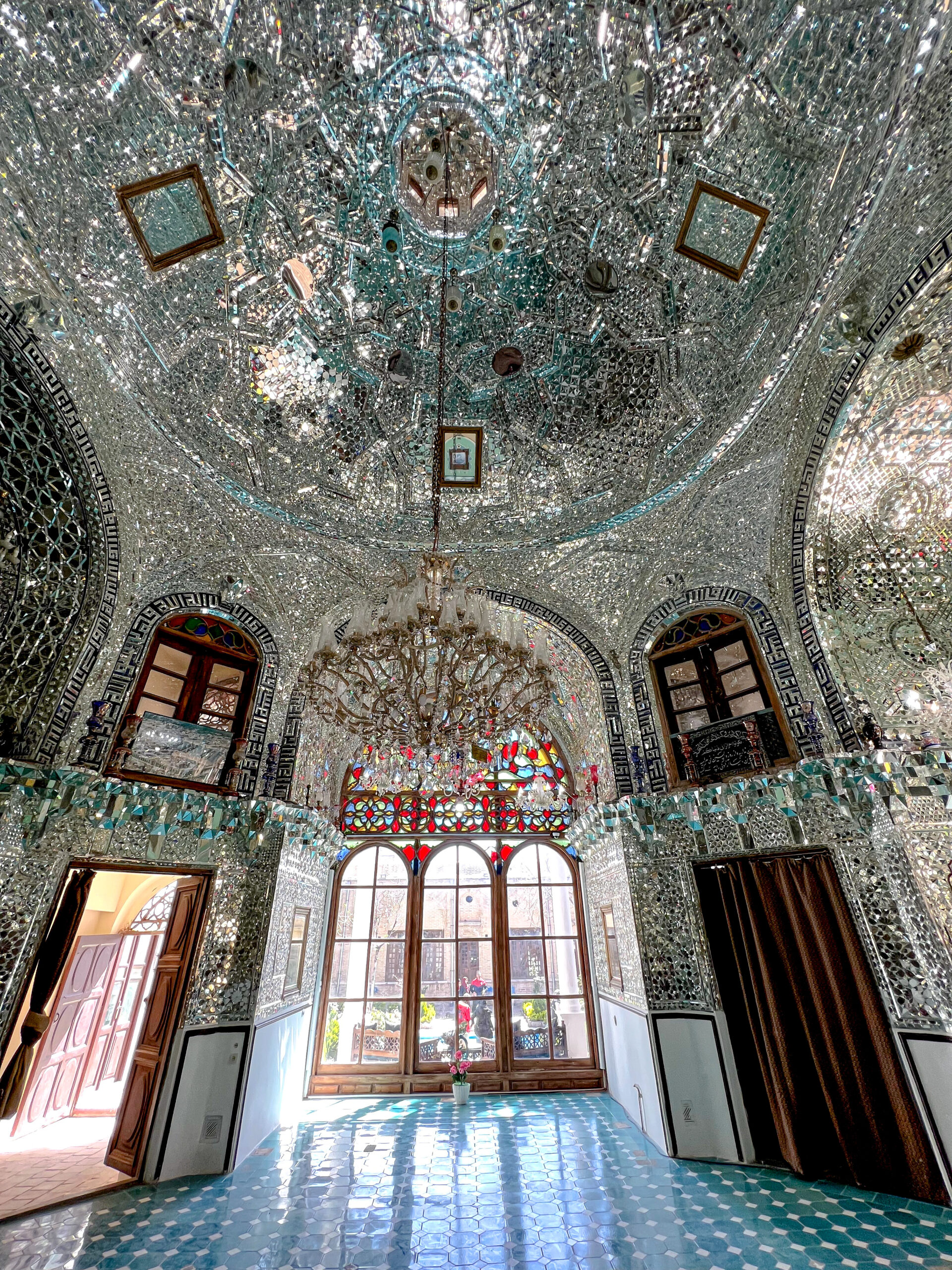
Inside the Zagros Paleolithic Museum: A Journey Through Time
Step inside the Zagros Paleolithic Museum, and you’ll find yourself immersed in a world that predates written history. Housed within the historic Tekyeh Biglarbeygi, a Qajar-era building adorned with intricate plaster moldings and decorative inscriptions, the museum itself is a work of art.
But it’s the exhibits that truly steal the show. The museum is divided into four rooms, each dedicated to different periods of the Paleolithic and Neolithic eras, showcasing artifacts that span from one million to 8,000 years ago.

Room One: The Dawn of Humanity
The first room sets the stage with an audio-visual presentation that brings the Paleolithic era to life. Here, you’ll learn about the stone tools crafted by early humans and watch documentaries that explain how these ancient artisans shaped their world.
But the highlight is undoubtedly the life-size model of a Neanderthal, standing as a silent sentinel of a bygone age. This model, based on fossil evidence from the region, offers a tangible connection to our ancient relatives.

Room Two: Bones of the Past
In the second room, the focus shifts to the remains of both humans and animals. You’ll find fossilized bones from sites across the Zagros Mountains, including the remarkable collection from the Wezmeh Cave.
These fossils provide insights into the fauna that once roamed the region, from large predators to the prey that sustained early human populations. Human remains, including replicas of famous Paleolithic skulls from Europe and the Near East, offer a glimpse into the physical characteristics of our ancestors.

Room Three: Tools of Survival
The third room is a showcase of lower Paleolithic stone tools, sourced from key Iranian sites like Kashafrud, Ganj Par, and Shiwatoo. These tools, some of the oldest in the museum, demonstrate the ingenuity of early humans as they adapted to their environment. From hand-axes to scrapers, each artifact tells a story of survival and innovation.

Room Four: The Neolithic Revolution
The final room brings you into the late Paleolithic and Neolithic periods, a time when humans began to transition from nomadic hunter-gatherers to settled agriculturalists. Here, you’ll find more advanced stone tools, animal bones, shells, and other archaeological objects that highlight this pivotal moment in human history.
The exhibits in this room underscore the Zagros region’s role in the development of early farming and animal husbandry.
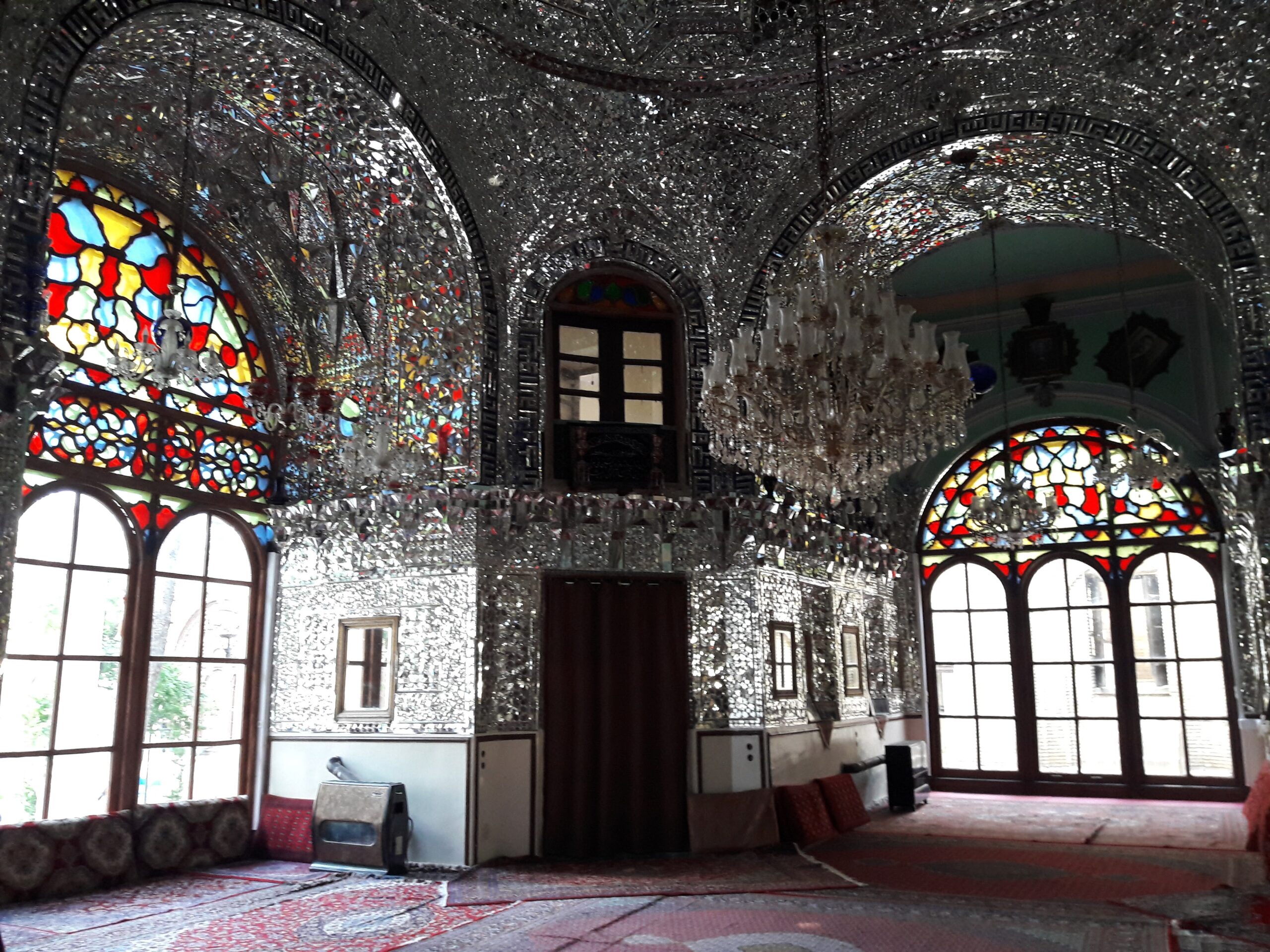
Why Visit the Zagros Paleolithic Museum?
Beyond its impressive collection, the Zagros Paleolithic Museum plays a crucial role in preserving Iran’s prehistoric heritage.
As one of the few museums in the world dedicated exclusively to the Paleolithic era, it offers a unique educational experience. Visitors can gain a deeper understanding of human evolution, the development of technology, and the environmental challenges faced by our ancestors.
For history buffs, the museum is a goldmine of information, providing context for some of the most significant archaeological discoveries in the region.
Cultural enthusiasts will appreciate the way the museum bridges the gap between past and present, offering insights into how early humans lived, worked, and interacted with their environment. And for first-time travelers to Iran tourism, the museum serves as an accessible introduction to the country’s rich historical tapestry.

Planning Your Visit
Located in the city of Kermanshah, the Zagros Paleolithic Museum is easily accessible for travelers exploring western Iran. Kermanshah itself is a vibrant city with a rich cultural heritage, making it an ideal base for your adventures in the region.
- Location: Tekyeh Biglarbeygi, Kermanshah, Iran
- Opening Hours: 9-17
- Admission Fees: ~5.00 USD
Location
While in Kermanshah, consider visiting other nearby attractions, such as the Taq-e Bostan rock reliefs or the Bisotun Inscription, a UNESCO World Heritage site. For those seeking a deeper dive into the region’s natural beauty, the Zagros Mountains offer plenty of opportunities for hiking and exploration.

A Window into Prehistoric Iran
The Zagros Paleolithic Museum is more than just a collection of ancient artifacts—it’s a window into the distant past, where the story of humanity’s earliest chapters is still being written. By visiting this remarkable institution, you’ll not only enrich your own understanding of human history but also support the preservation of Iran’s invaluable prehistoric heritage.
Whether you’re drawn by the allure of Neanderthal fossils, the ingenuity of ancient stone tools, or the sheer wonder of stepping back in time, the Zagros Paleolithic Museum promises an unforgettable journey through the ages.
So, why wait? Start planning your trip to Kermanshah today and uncover the secrets of prehistoric Iran for yourself.

